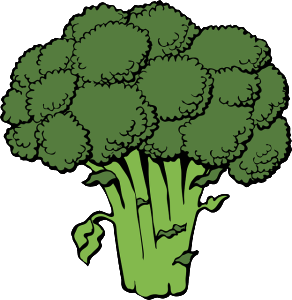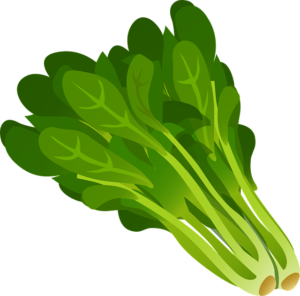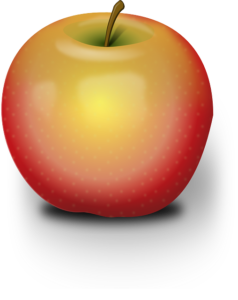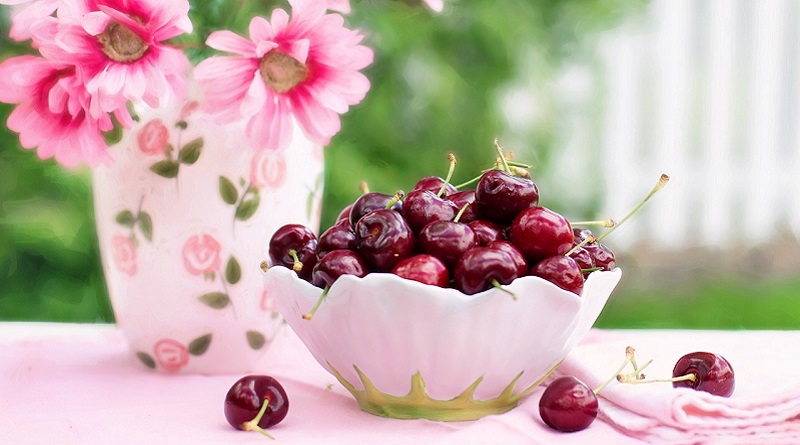What Are Antioxidants?
Research suggests that adding antioxidants — found in fruits, vegetables and grains — to your diet may help stave off heart disease, diabetes and stroke. Some studies also indicate that antioxidants may delay the onset of many age-related diseases.

Antioxidants stop free radicals, or oxidants, from travelling through your body and ravaging your cells.
Free radicals are molecules created when molecules are oxidized, or lose electrons. To give you an example of the effects of free radicals within your body, just think of how certain foods “oxidize” when they hit the air, such as when you peel an apple and it starts to turn brown. In the body, oxidation can produce free radicals which can in turn cause the same damage to your cells. Antioxidants protect your cells from this damage.

The main antioxidants are Vitamins E and C, beta-carotene and the trace metal selenium. Your body does not make these nutrients, so they have to be added to your diet, from foods such as fresh vegetables like kale and spinach; fruits such as blueberries and blackberries; and whole grains including barley, rye and oats.
Foods rich in antioxidants may protect the health of your heart. Increasing your antioxidant intake can be as easy as adding a tomato to your morning omelette, a sweet potato to your dinner or tossing broccoli into your lunchtime salad.
Try these nine tasty tips:
- Add fruit to your morning cereal. Blueberries, cranberries, raspberries and strawberries are packed with antioxidants. If you don’t eat cereal you can whip up a yogurt and milk smoothie and toss in some berries.
- Rather than use chips to dip into your salsa or hummus, try cherry tomatoes or sliced yellow, red or green peppers.
- Apples contain vitamin C and other antioxidants. Eat one each day but be sure to eat the peel, as that’s where most of the nutrients are found.
- Cooking tomatoes slowly releases their antioxidant power, so make a sauce. Tomato sauce goes well over more than just pasta. It adds a twist to cooked vegetables, vegetarian or meat “burgers”, and potatoes.
 Tea contains catechins, which are antioxidants. Research shows that green tea has the highest amount of catechins, possibly because it is less processed than black tea. A study showed that steeping either green or black tea for about 5 minutes released over 80 percent of its catechins.
Tea contains catechins, which are antioxidants. Research shows that green tea has the highest amount of catechins, possibly because it is less processed than black tea. A study showed that steeping either green or black tea for about 5 minutes released over 80 percent of its catechins.- Fortified cereals and whole grains, especially wheat germ, are rich in Vitamin E. Put some sliced apricots on top and it’s even healthier.
- Vitamin E is found in nuts and seeds. Get a handful of almonds or walnuts rather than a chocolate bar when your energy dips.

- Squeeze fresh orange juice for a treat in the morning. Kiwi and strawberries are also rich in Vitamin C.
- Eat more broccoli – if broccoli isn’t your thing, add spinach or green peppers to your salad. Kale and cabbage also contain plenty of Vitamin C.








 Total views : 1937454
Total views : 1937454